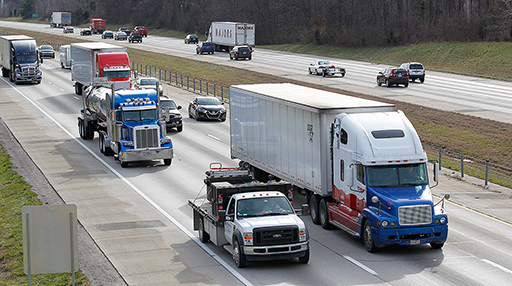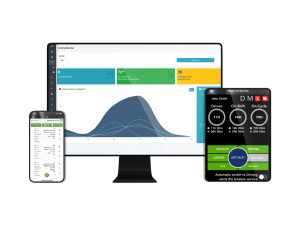Rising insurance premiums are a perennial stress for many motor carriers, many of which are now installing telematics systems with the latest safety technologies to mitigate cost increases. This is a positive trend for the trucking industry, and more carriers should fully embrace these technologies as they soon will become necessary to operate a safe, efficient and, ultimately, more profitable trucking fleet.
Telematics systems, which use onboard hardware to capture and transmit information to a carrier’s back-office operations, can provide data as granular as individual driver seat belt use and hard braking; or, the data can be as expansive as average fleet speed. If properly used, these systems can reduce a carrier’s overall costs related to safety incidents.
In an age of “nuclear verdicts” against motor carriers — which range from $10 million to $247 million — insurance companies must closely monitor their bottom lines to make sure they are accurately pricing risk.
Insurers examine a motor carrier’s three- to five-year claims data when setting premiums, which means the carrier may get a discount for adding safety technologies, such as inward-facing cameras or collision mitigation and avoidance systems.
Telematics systems are only as good as the losses they prevent.
Telematics represents a sound long-term investment and reduces short as well as long term costs.
First, the short-term savings: The installation of telematics devices has an immediate impact on losses stemming from unsafe behaviors by drivers. Drivers are less likely to engage in risky behaviors once they are aware these behaviors are being monitored. According to one transportation insurance expert, the presence of a telematics device generally reduces loss costs by 20% to 25% through reduced deductibles.
Second, telematics provides hard data on favorable times and place of lanes traveled that could help reduce premiums. Insurers now are examining aggregate telematics data to determine which geographic regions, and even specific lanes, pose the greatest claims risk. Underwriters also have been able to parse out higher-risk travel times for specific locations.
Motor carriers should make sure their premiums accurately reflect when and where they are operating their trucks. For example, if a carrier has data to show it runs most of its freight in a lower-risk lane during a lower-risk time of day, that carrier may be able to negotiate lower premiums.
The use of telematics on the maintenance side reduces short- and long-term costs. Being able to more closely monitor driver behavior, such as excessive hard-braking (often a result of a lead foot on the accelerator) can help reduce brake repairs and fuel consumption, and reduce the potential for rear-ending stopped or slowed vehicles.


